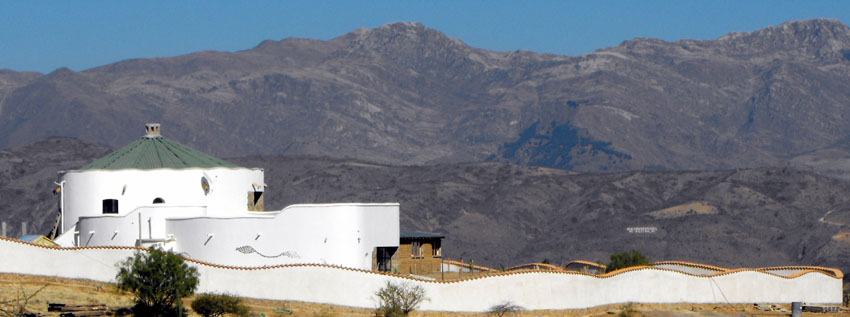
Around about my birthday in June of last year I remember saying that my dream would be to build a house high on a hill with views all around.
I was in the process of selling my home in France with a view to relocating to South America. Earlier that year I had fallen for a large dilapidated colonial house for sale in the centre of Sucre, Bolivia, and was hoping to return with enough funds to purchase and, with Ed's help, to restore it. The idea was to create a home, incorporating guest accommodation and a bar/restaurant.
Returning to Sucre in February of this year, I found that the global economic crisis had not affected property in Bolivia - in fact the price of the colonial ruin had increased to a level beyond my means. Still feeling enamored of the country and the Sucre area in particular, the decision was made to rent an apartment and keep an eye out for other possibilities.
Anyone who has spent any time in a South American city knows of the downsides. In Sucre black smoke pours out of the city buses (exported polluting rejects from Japan) as they climb the hilly streets. The pavements are crowded with street sellers and pedestrians, with the choice of staying out of the road and getting body bumped or stepping into the road and risking one's life in the traffic. One morning I woke to the sound of impatient taxi drivers honking their horns and irritating car alarms and longed for silence laced only with birdsong. It was no good - I just wasn't cut out for living in the city.
Then I remembered my dream - the land around Sucre inclined from hills at 2,700 meters to mountains at 4,200 within 2 hours drive south. A visit to a local estate agent produced details of a large section of rural terrain for sale 20 minutes south of Sucre. I went up to view it, thinking I would only need a couple of acres, but once i arrived my horizons expanded to match the view. The sky was endless, with 360 degree vistas towards hills and mountains. The land sloped gently to the north - an ideal position south of the equator.
Even though the land was pretty barren, covered with rocks, a few small trees and some vicious low growing thorn bushes, I could see its potential. With all the land there would be more than enough to build a home, which would start life as a boutique hotel to recoup our investment until we could enjoy it as our home. It would be a huge undertaking, but with Ed's agreement to project manage, I felt confident that we could pull it off.
It would be called Sky Hacienda.








